Starting on Oct. 2, you can stroll through history in style at the Hollywood Costume exhibition, which is housed in the Wilshire May Company building (at Wilshire Boulevard and Fairfax Avenue in Los Angeles), the future location of the Academy Museum of Motion Pictures.
Organized by the Victoria and Albert Museum in London and sponsored by Swarovski, this show explores costume design as an essential tool of cinematic storytelling. (The show runs through March 2, 2015.)
Summing it up perfectly was a quotation inside the show from Adrian, a legendary Golden Age designer and creator of “The Wizard of Oz” ruby slippers, which are on display. Said Adrian: “Few people in an audience watching a great screen production realize the importance of any gown worn by the feminine star. They may notice that it’s attractive, that they would like to have it copied, that it is becoming.
“The fact that it was definitely planned to mirror a definite mood, to be as much a part of the play as the lines or the scenery seldom occurs to them. But that most assuredly is true.”
More than 150 iconic costumes curated by Deborah Nadoolman Landis will be on display – including Marlene Dietrich’s costumes from “Morocco” (1930) and Marilyn Monroe’s infamous white dress from “The Seven Year Itch” (1955) as well as Jared Leto’s costume from “Dallas Buyers Club” and several entries from “American Hustle” and “The Great Gatsby” (all 2013).
Film noir makes a showing (there’d be trouble otherwise!) with Kim Novak’s emerald-green dress from “Vertigo” and Tippi Hedren’s pale green dress from “The Birds,” not to mention examples from “Mildred Pierce,” “Bonnie and Clyde,” “L.A. Confidential,” “The Big Lebowski,” “Basic Instinct” and “No Country for Old Men.” The work of legendary Edith Head is well represented.
In conjunction with the Hollywood Costume exhibition, the Academy will present screenings, starting Saturday with a terrific double feature: the Coen Brothers’ “No Country for Old Men” and “The Big Lebowski.” Several of the featured costume designers will appear in person to introduce their films.
Designer and curator Deborah Nadoolman Landis originally approached the Academy several years ago with the idea for the show. The Academy passed on Hollywood Costume, so Landis took it to London’s V&A, which snapped it up.
Now the Academy apparently feels the time is right for the show. Commenting on the irony of London having the show first, Landis said, at the press preview Monday: “You can’t be a prophet in your own land.”
Most assuredly.
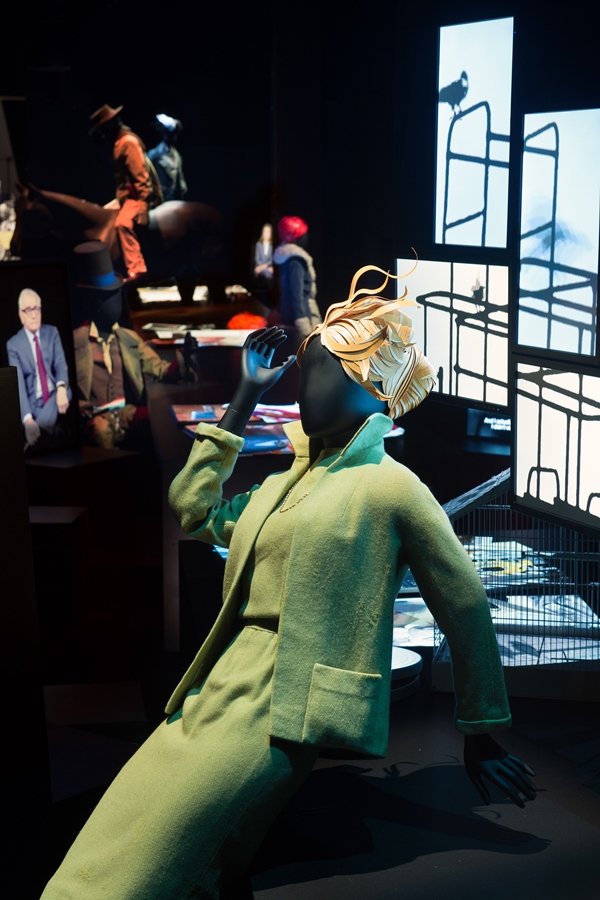
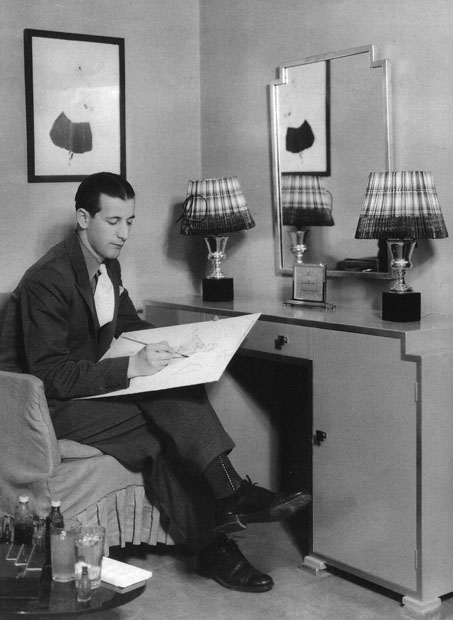
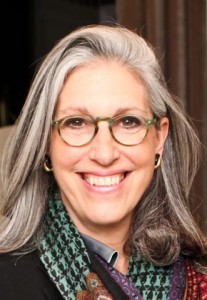





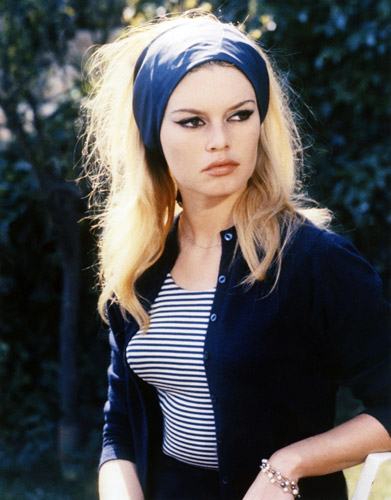
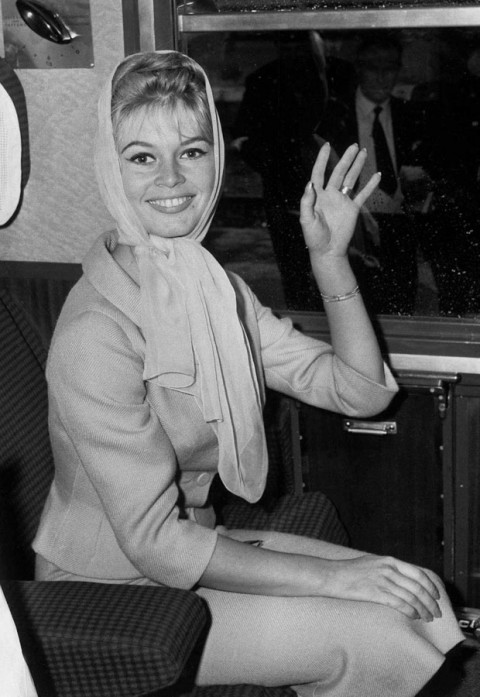
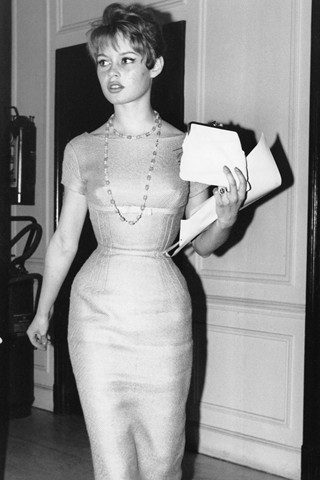
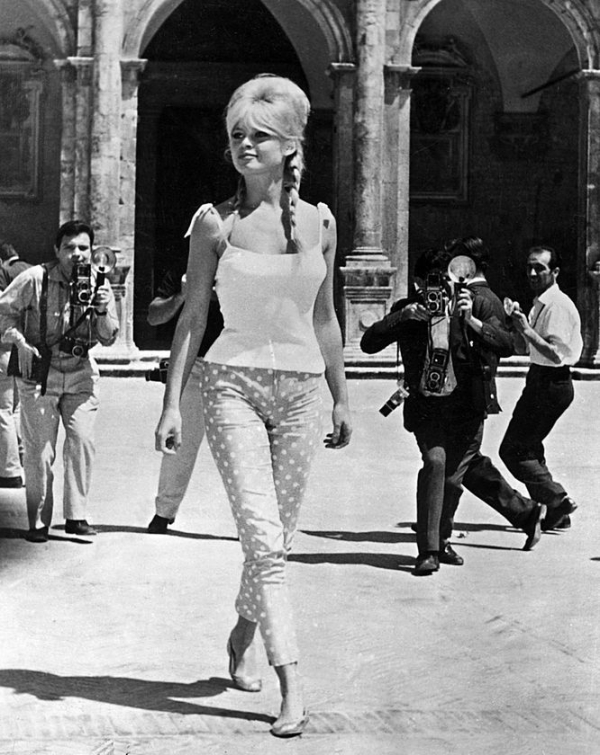
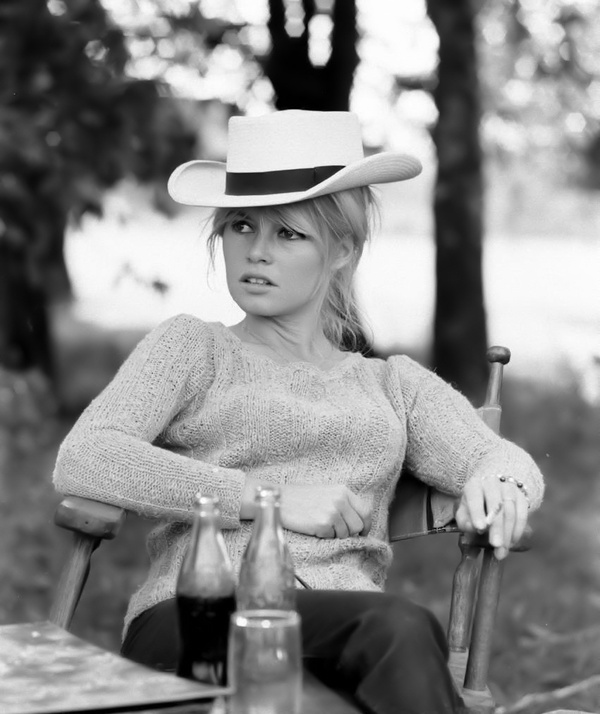
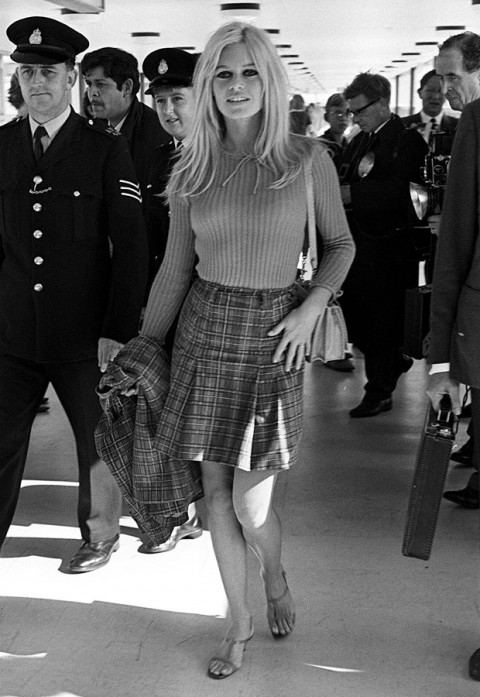
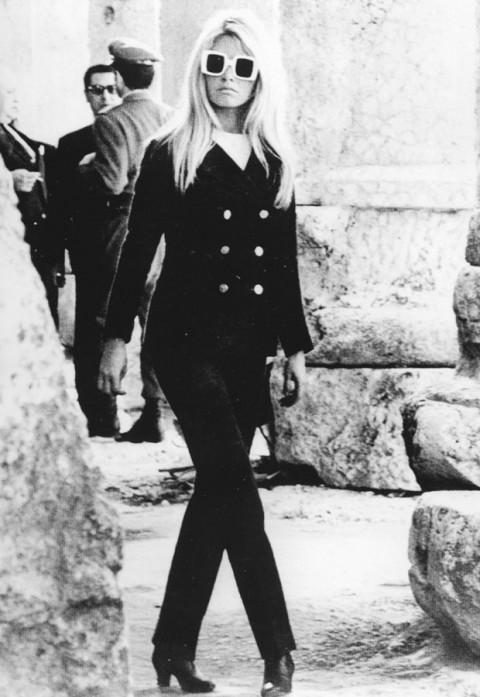
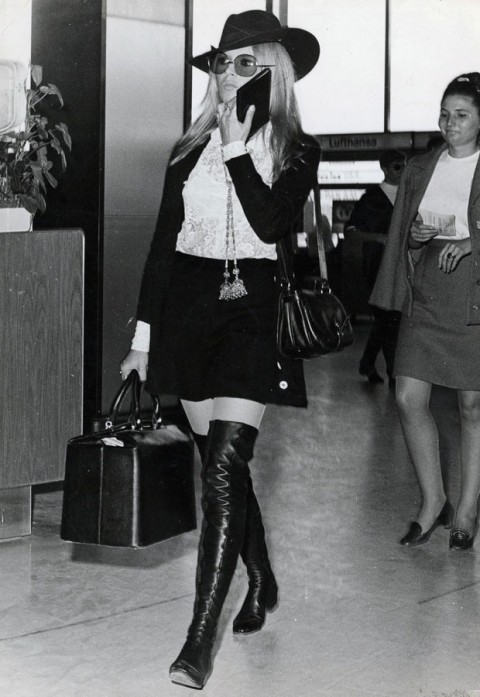
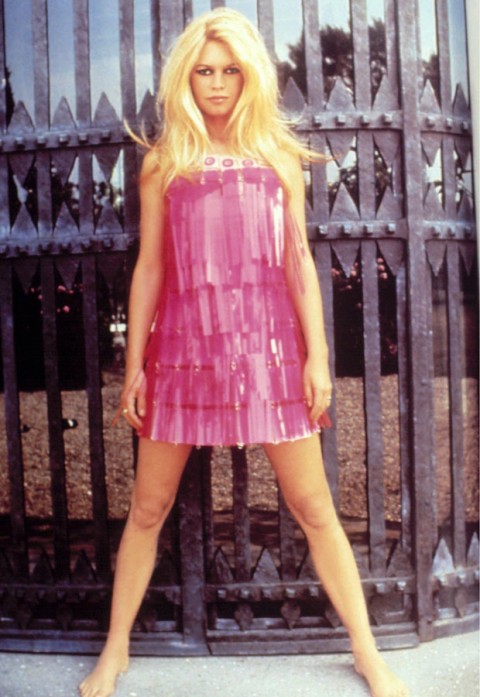
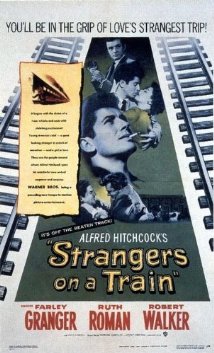
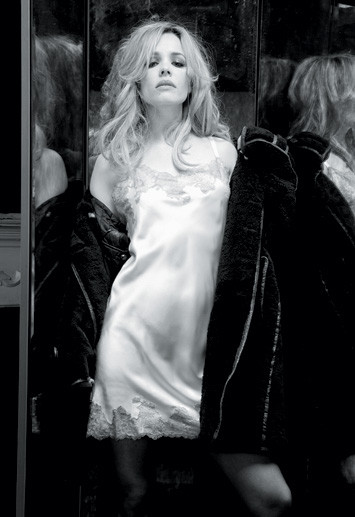
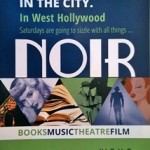
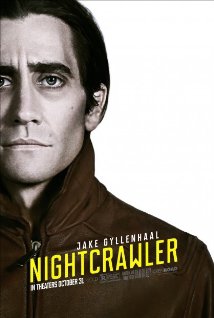
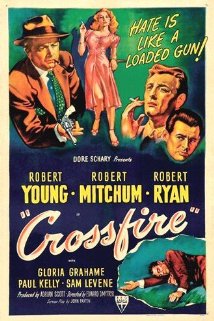

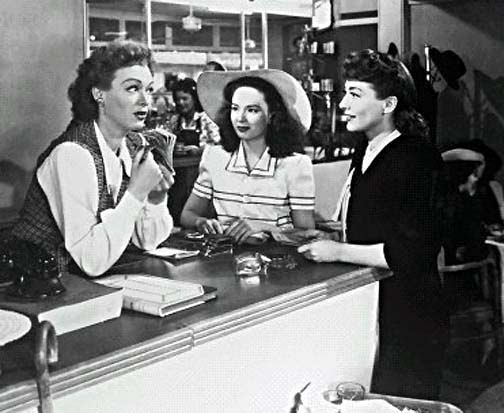

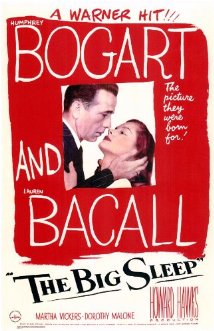
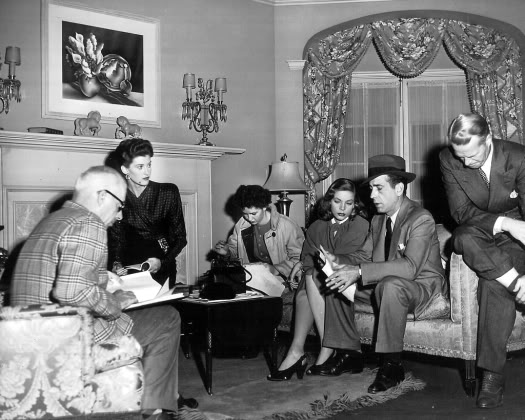

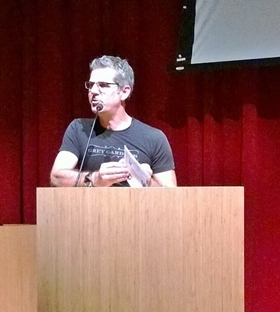
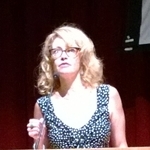
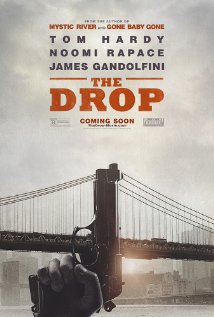
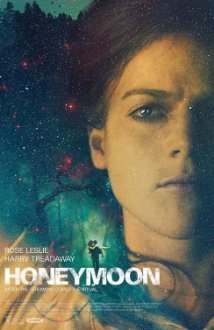





From FNB readers